let's explore it
Not That Novgorod
Not only foreign tourists, but also many Russians often confuse Veliky Novgorod with Nizhny Novgorod and remember the Volga. But Veliky Novgorod stands on the Volkhov River, and of course, it is much older than Nizhny Novgorod. Veliky Novgorod is definitely worth going to for the impressive number of monuments of ancient pre-Mongolian architecture, earthen ramparts and small museums.
Another unique feature of the city is the preserved original view of the historical center. The Trade side rests on the marshy lowlands, and the construction of new high-rise buildings is impossible there. Enjoy a leisurely stroll through the center, take a boat ride on the Volkhov River. By the way, nowhere else in Russia you will see a city beach right next to the Kremlin wall!
Be sure to bring birch bark items and a Valdai bell from your trip, but do not forget to bring an umbrella with you on a trip – the weather in Novgorod is foul and changeable.
short city information
LOCAL TIME | UTC+3 |
|---|---|
CLIMATE | Temperate |
POPULATION | 220 thousand people |
HOW TO GET | 3 hours by Lastochka train from St. Petersburg
|
HIGHLIGHT | St. Sophia’s Cathedral, Detinets, Vitoslavitsy museum |
types of tourism

Excursion

Religious

culinary

nature
Survive the Yoke
The Rise of the Great Rurik Dynasty
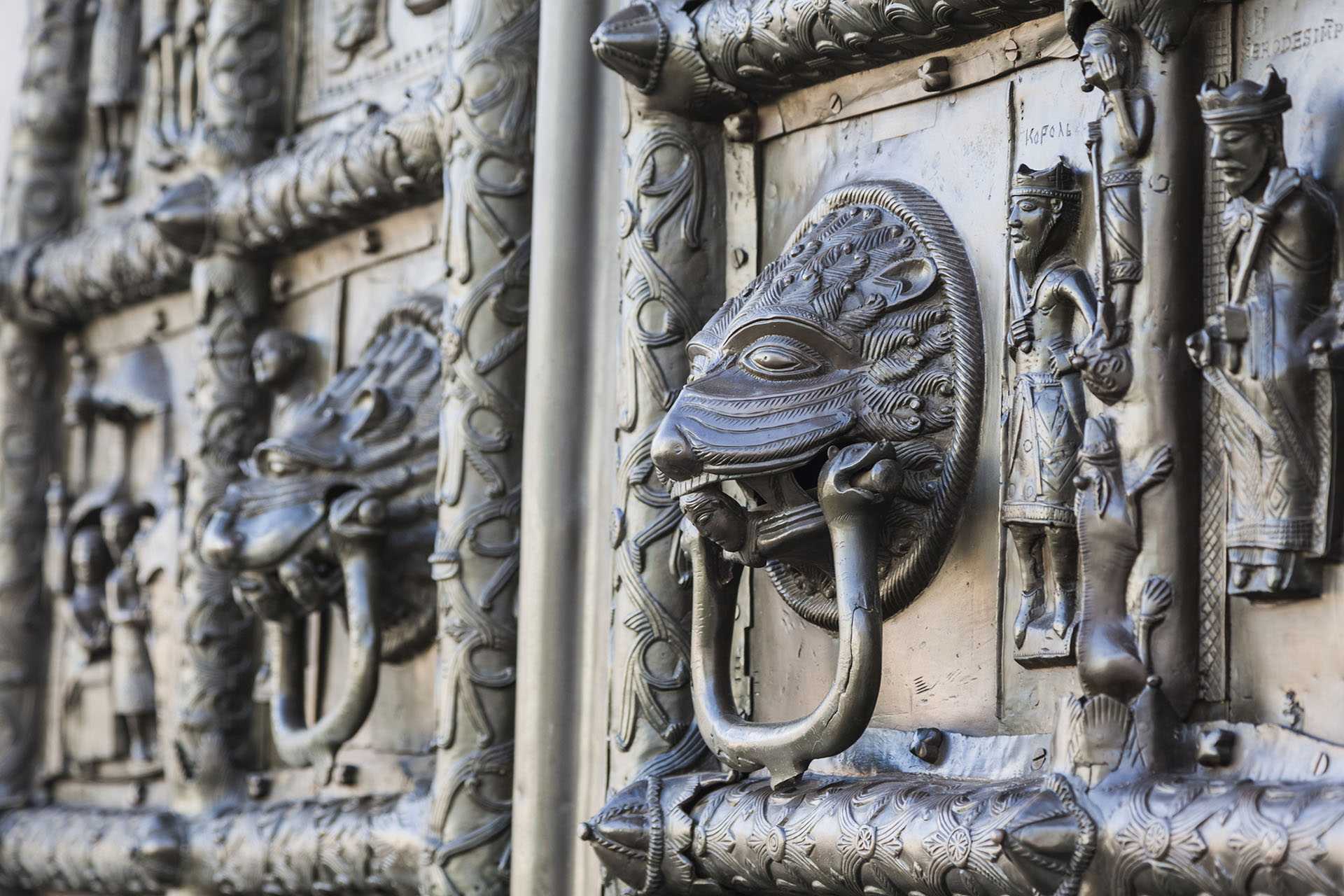

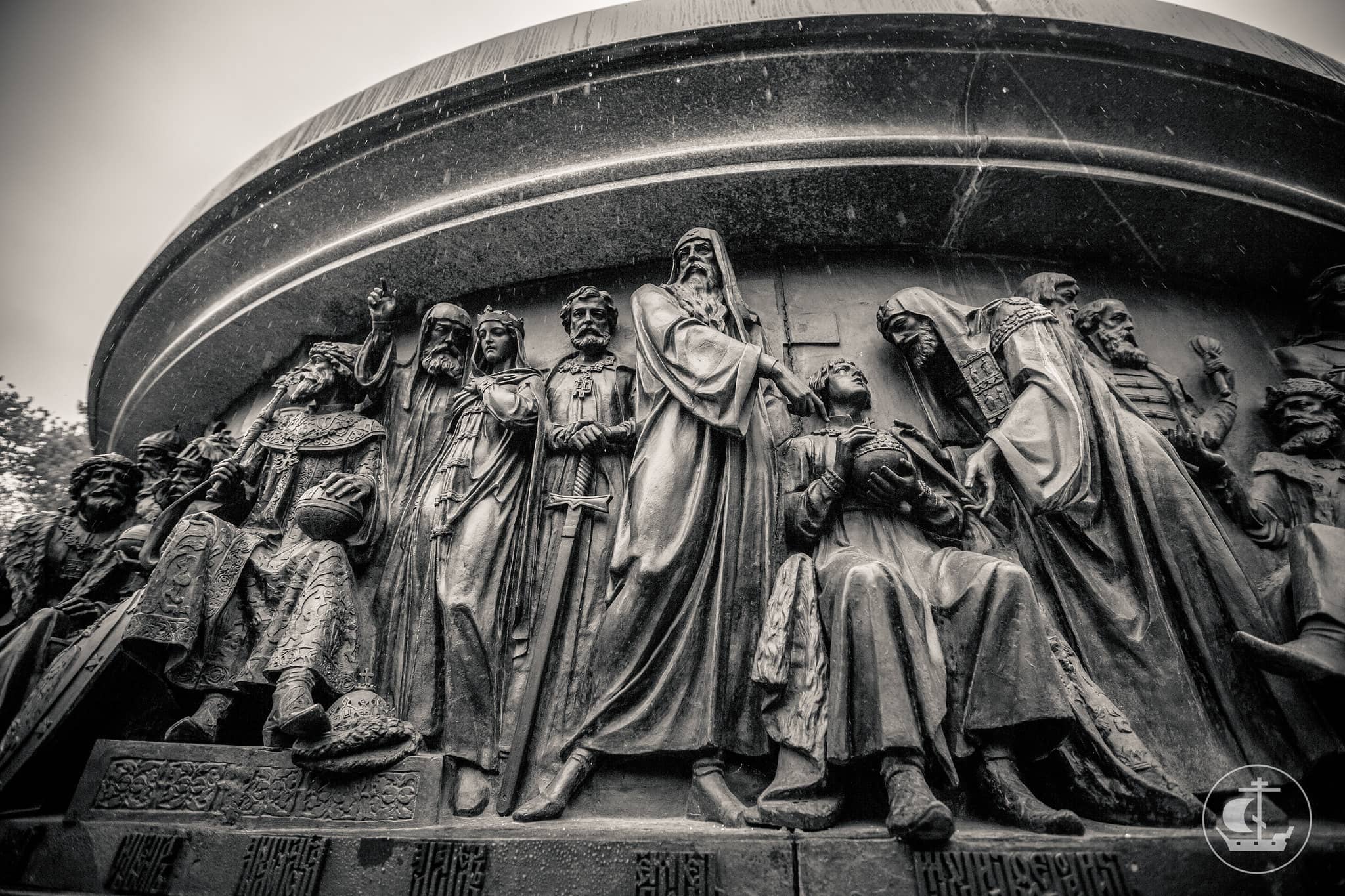
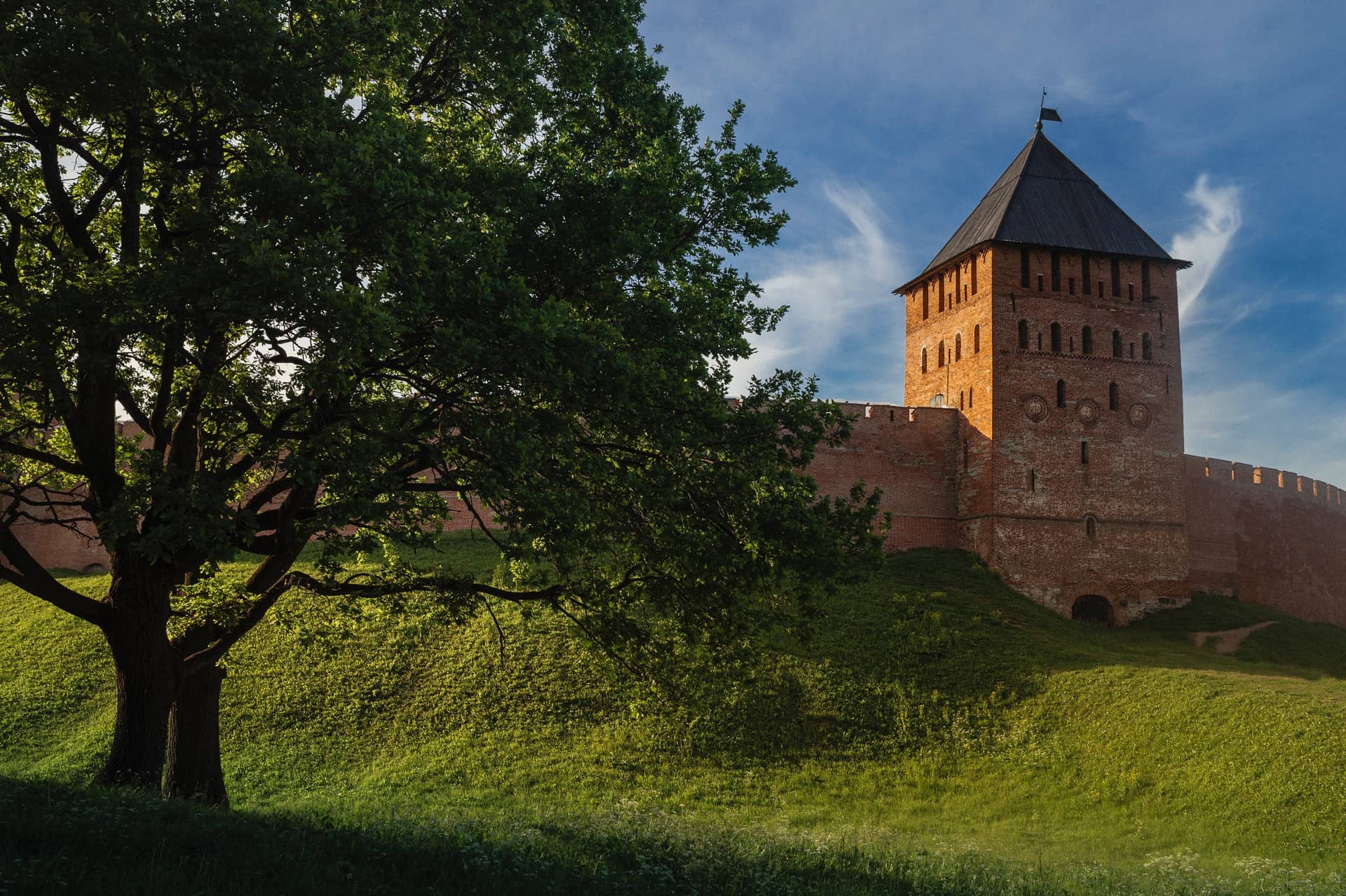
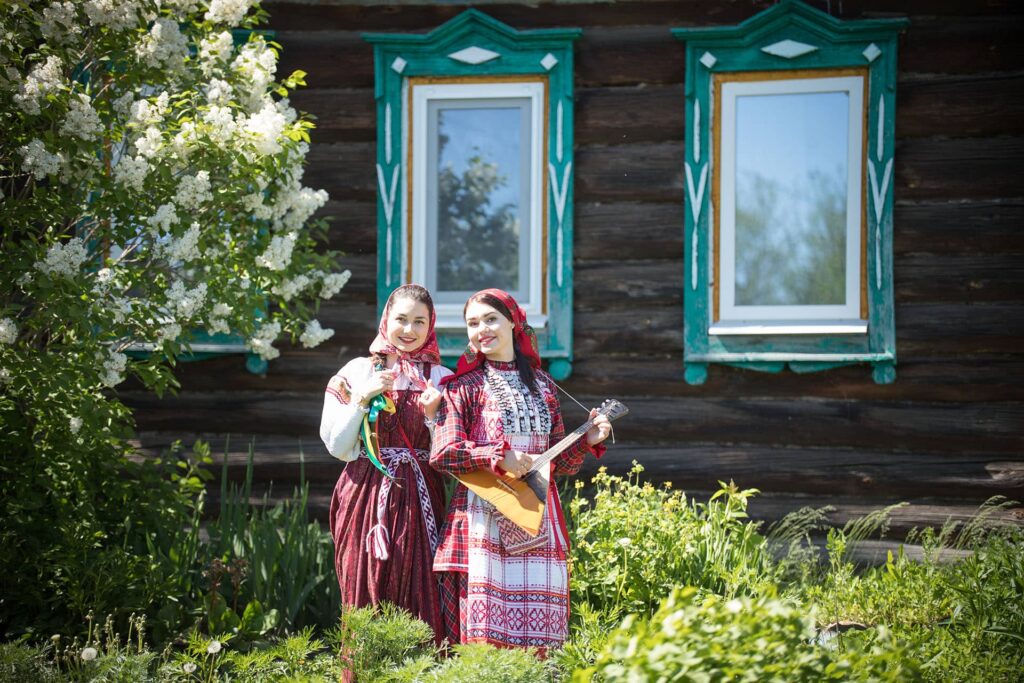
former way of life
The First Free Republic
In the 12th century, Novgorod received the status of the first free republic on the territory of Rus. The life of the city was governed by the Veche. The elders who were part of it decided all issues related to war and peace, chose the ruler of the city, passed laws and concluded treaties with neighboring cities and principalities.
The form of the government was not the only peculiarity of the city at that time. Modern scientists discovered that the citizens of Novgorod were surprisingly literate. Archeologists found lots of birch bark manuscripts used by the citizens in everyday life to write a note or a letter with the same ease that we text each other in What’s App. They even discovered manuscripts of a 9-year old boy, which seems unreal for the level of literacy in Rus of that time.
Intersection of Major Trade Routes
Two Banks of Volkhov River
Novgorod is located on the two banks of the Volkhov River. The center of the city is situated on the so-called «Sofia side» where all the major city sights can be found, including the Kremlin, the St. Sophia Cathedral, and the «Millennium of Russia» monument. The monument was erected in the 19th century on the millennium of Rurik’s calling to reign in Russia. It is dedicated to 128 famous people at once – rulers, military and statesmen, writers, artists. It is noteworthy that there is no figure of Ivan the Terrible – the Novgorodians did not forgive the tyrant tsar for the defeat of their native city.
The second side of the river is the «Trade side». For a long time, Novgorod was an important trade city, the intersection of major trade routes linking the Baltic States, the Mediterranean, the East, Flanders, Scandinavia, Constantinople, and Astrakhan. Only the construction of St. Petersburg led to the loss of this ancient city’s significance. On the Trade side, the major sights are Yaroslav’s Court and St. Nicholas Cathedral, founded as a residence of Prince Yaroslav in the 11th century, and the Church of the Savior on Ilyina with frescoes by Theophanes the Greek.
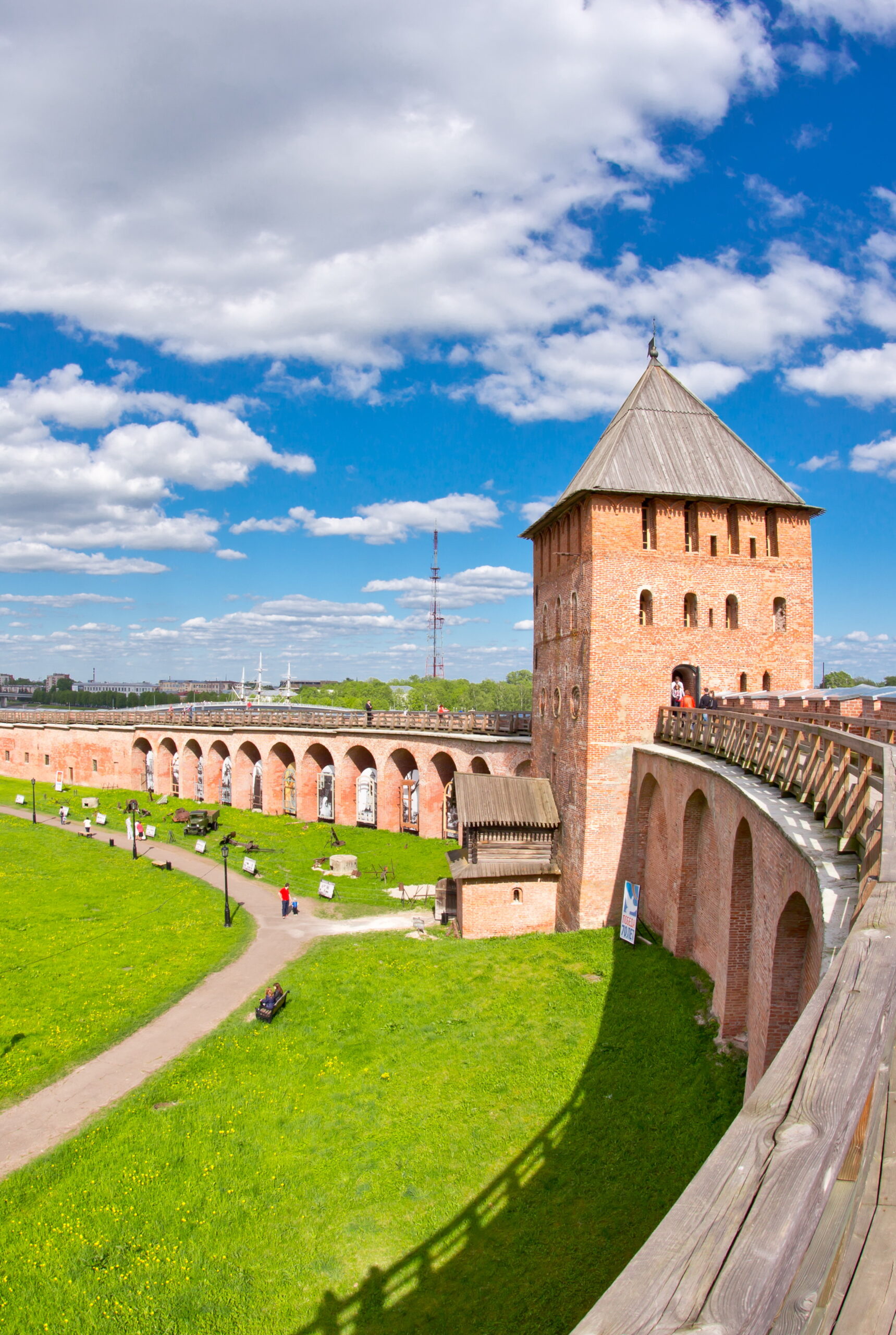
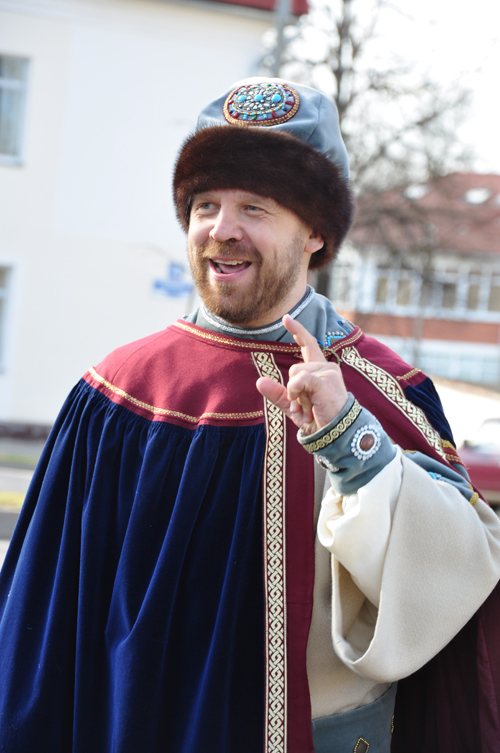
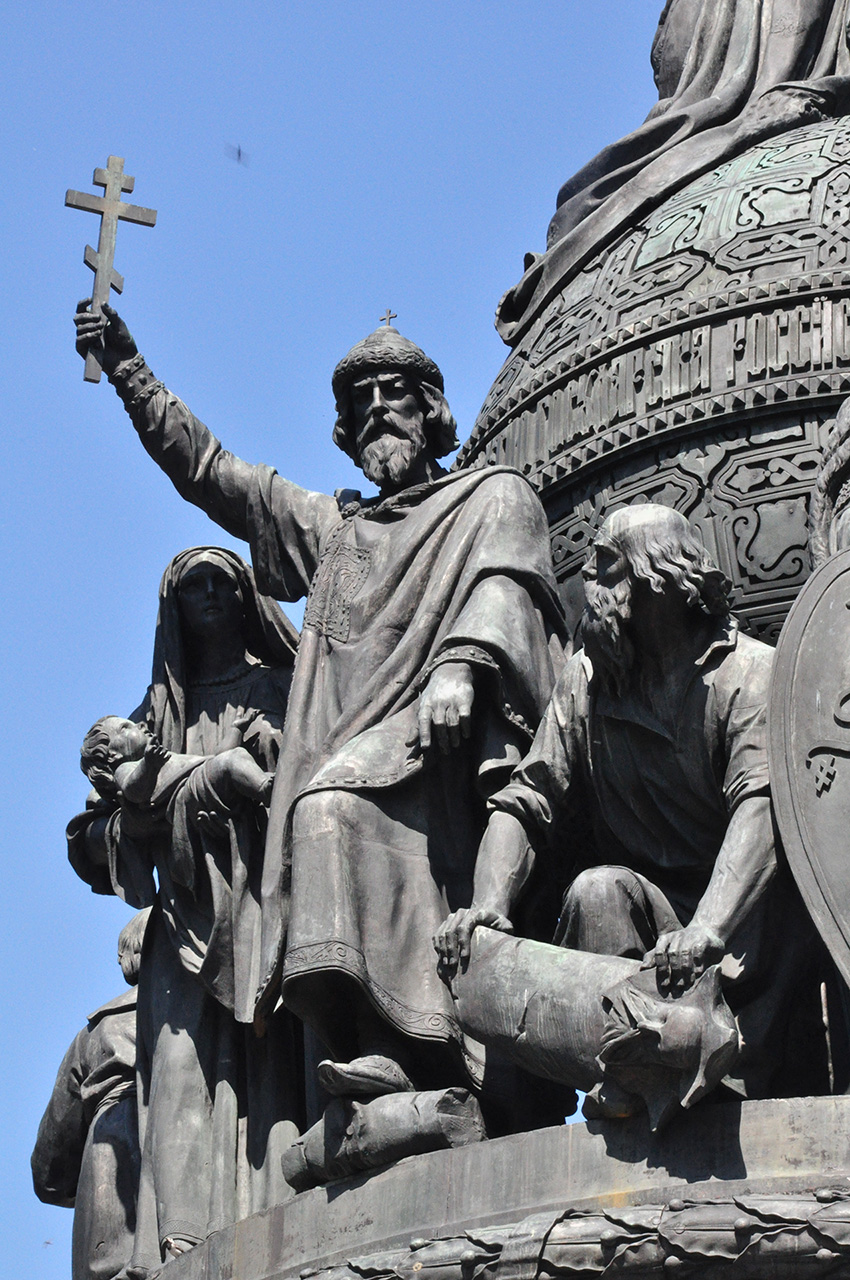
© Center for Tourism Development "Krasnaya Izba"
inside the stone walls
Kremlin & St Sophia Cathedral
The historical center of the city is surrounded by the ancient stone walls of the Kremlin called Detinets, built in the 15th century by Ivan the 3rd when he conquered Novgorod and joined it to Moscow. Inside the Kremlin is the symbol of Novgorod, the St. Sophia the Cathedral. It is the oldest building in the European part of Russia and one of the oldest well-preserved temples in the world. The temple was built in just five years, from 1045 to 1050. The majority of frescoes are of the 19th century, but on the central dome, some fragments of the frescoes of 1109 have been preserved. It was here that the Archbishop of Novgorod blessed Alexander Nevsky and his army on a campaign against the Livonian knights – this battle is known as the Battle of the Ice.
Near the belfry, you can get to the fortress wall and enjoy a first-class view of the Volkhov River and the Trade side, you can even see the Yuriev Monastery and the Rurik settlement.
Photos © Center for Tourism Development "Krasnaya Izba"
unique monuments
Vitoslavlitsy Museum
The Vitoslavlitsy Museum of Wooden Architecture is located in a unique historical and landscape area just 4 km from Velikiy Novgorod. At the eastern part of the museum territory, you can enjoy a beautiful view of Lake Myachino, the floodplain of the Volkhov River, and the Rurik settlement with the Church of the Annunciation.
The uniqueness of the Vitoslavlitsy Museum is in the architectural value of the transported monuments. There are 34 unique buildings including 10 religious (churches and chapels). Three of them are objects of wooden architecture of the 16th century, including one of the oldest wooden churches in Russia – the Church of the Nativity of the Virgin that was built in 1531.
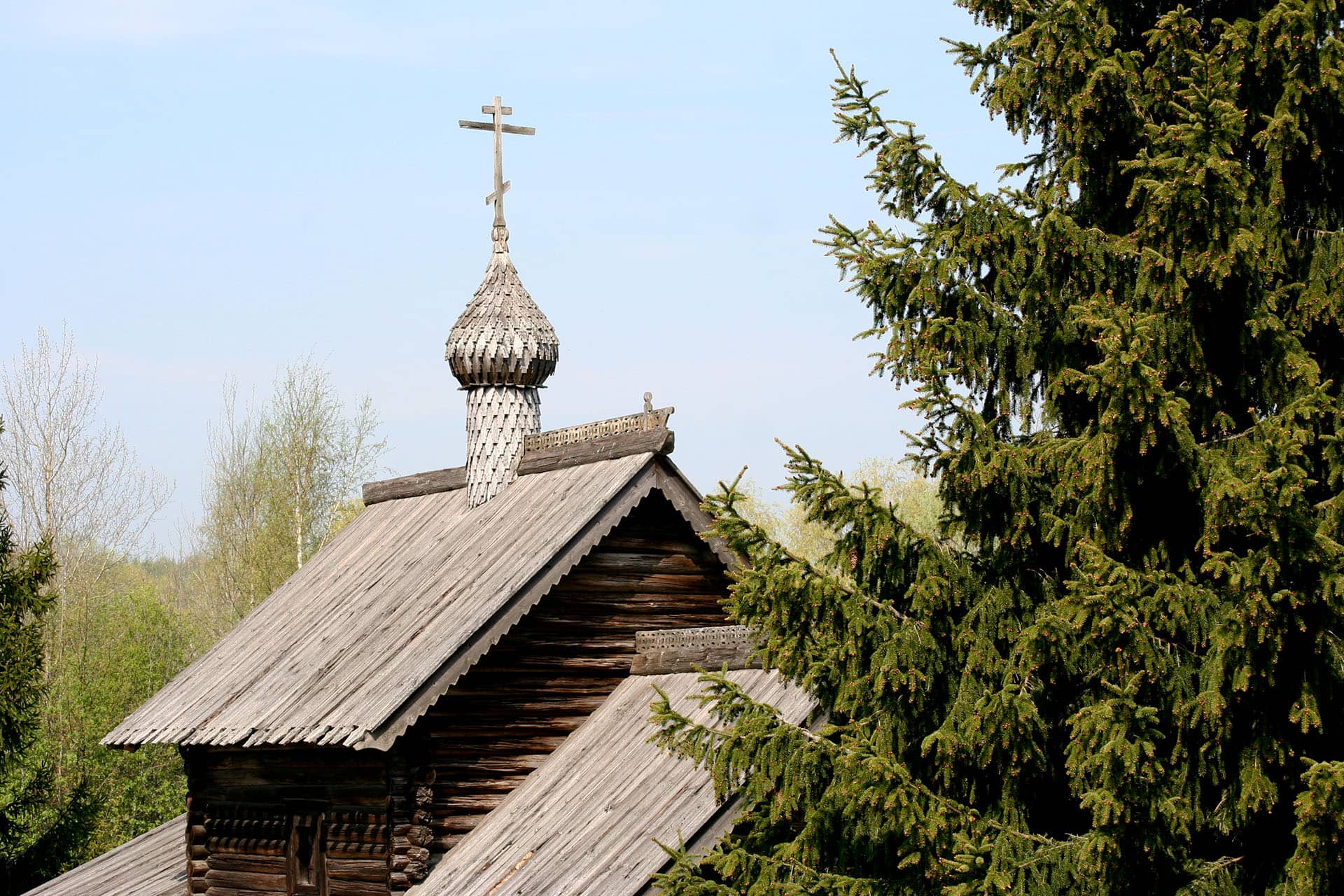
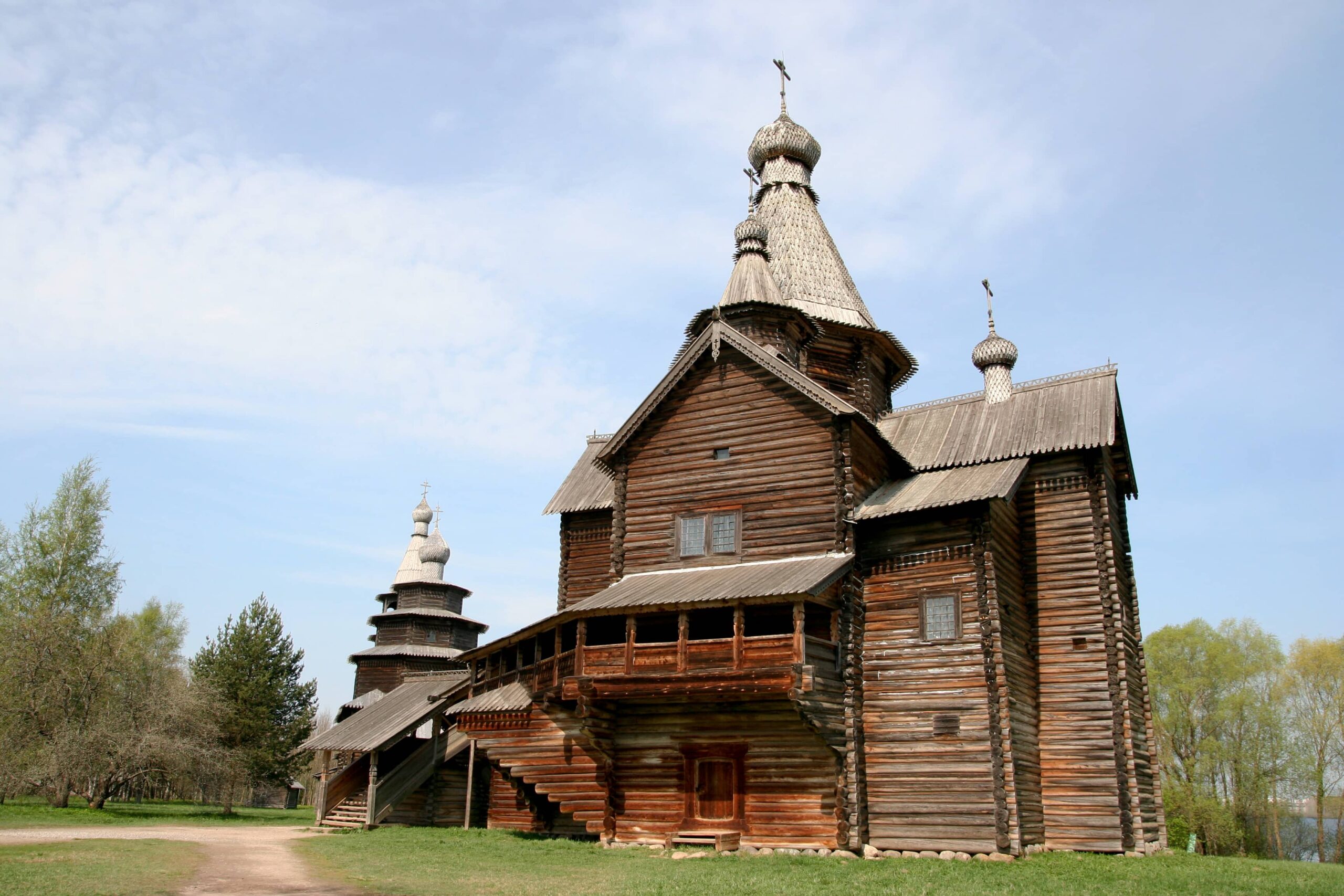
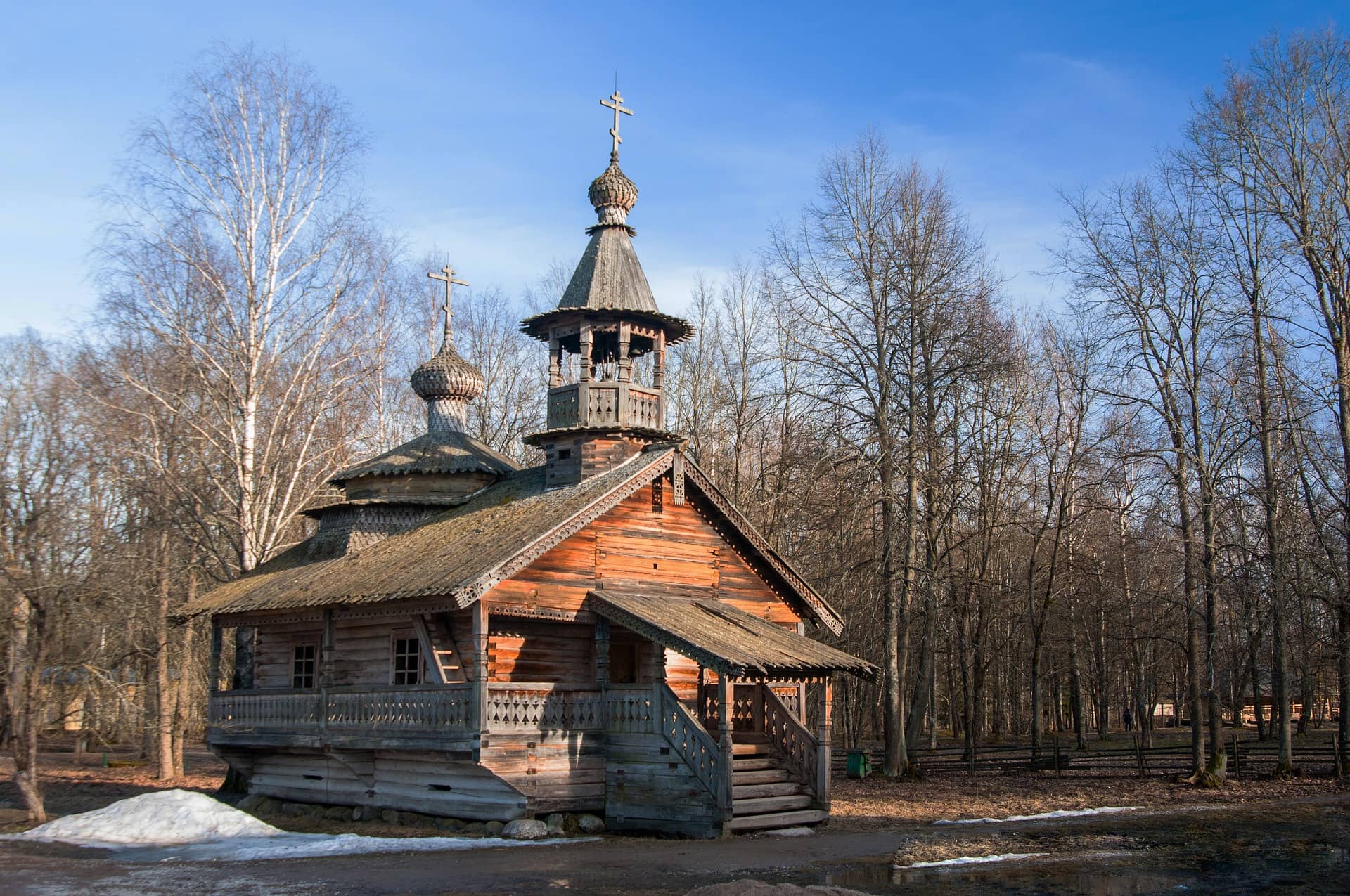
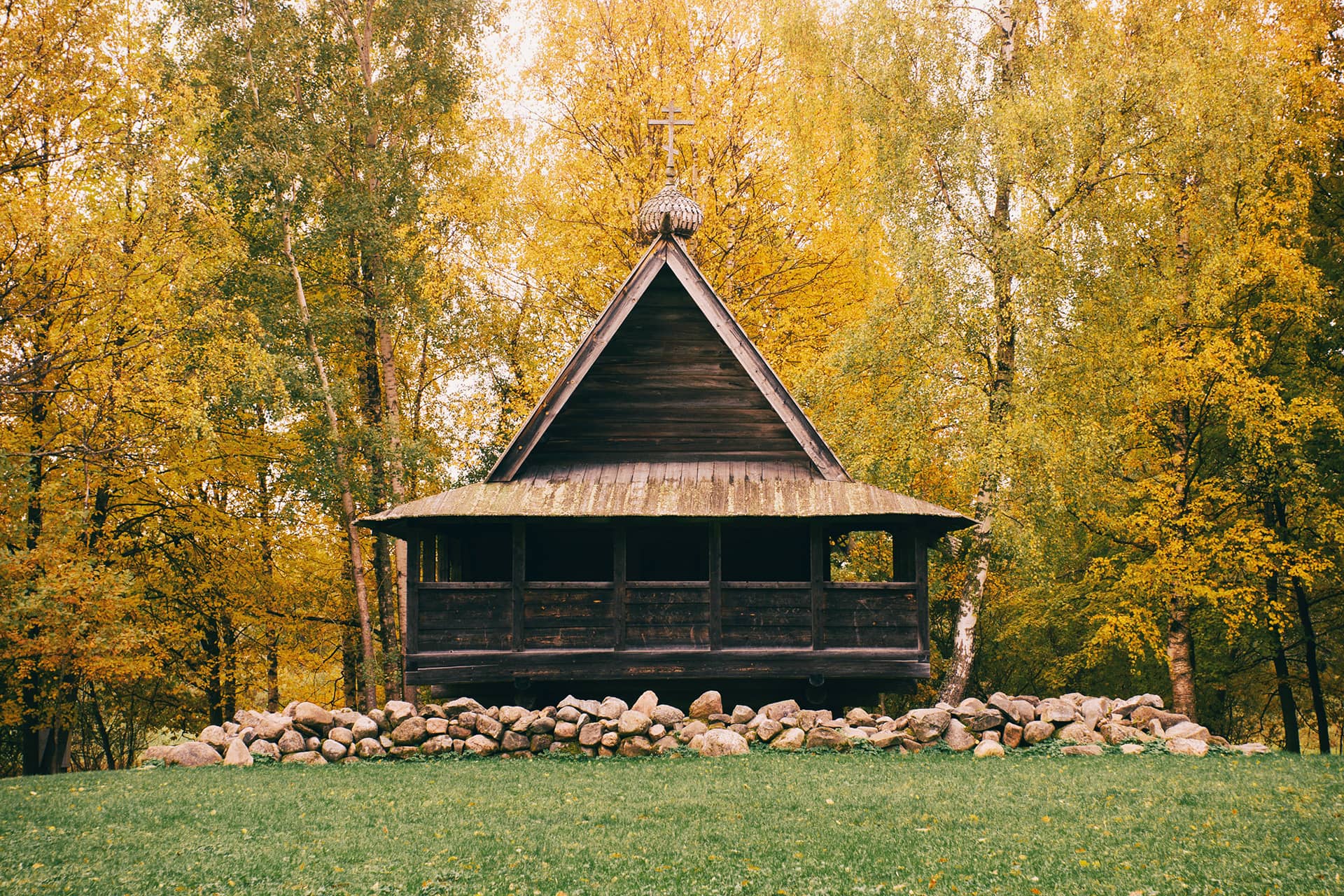
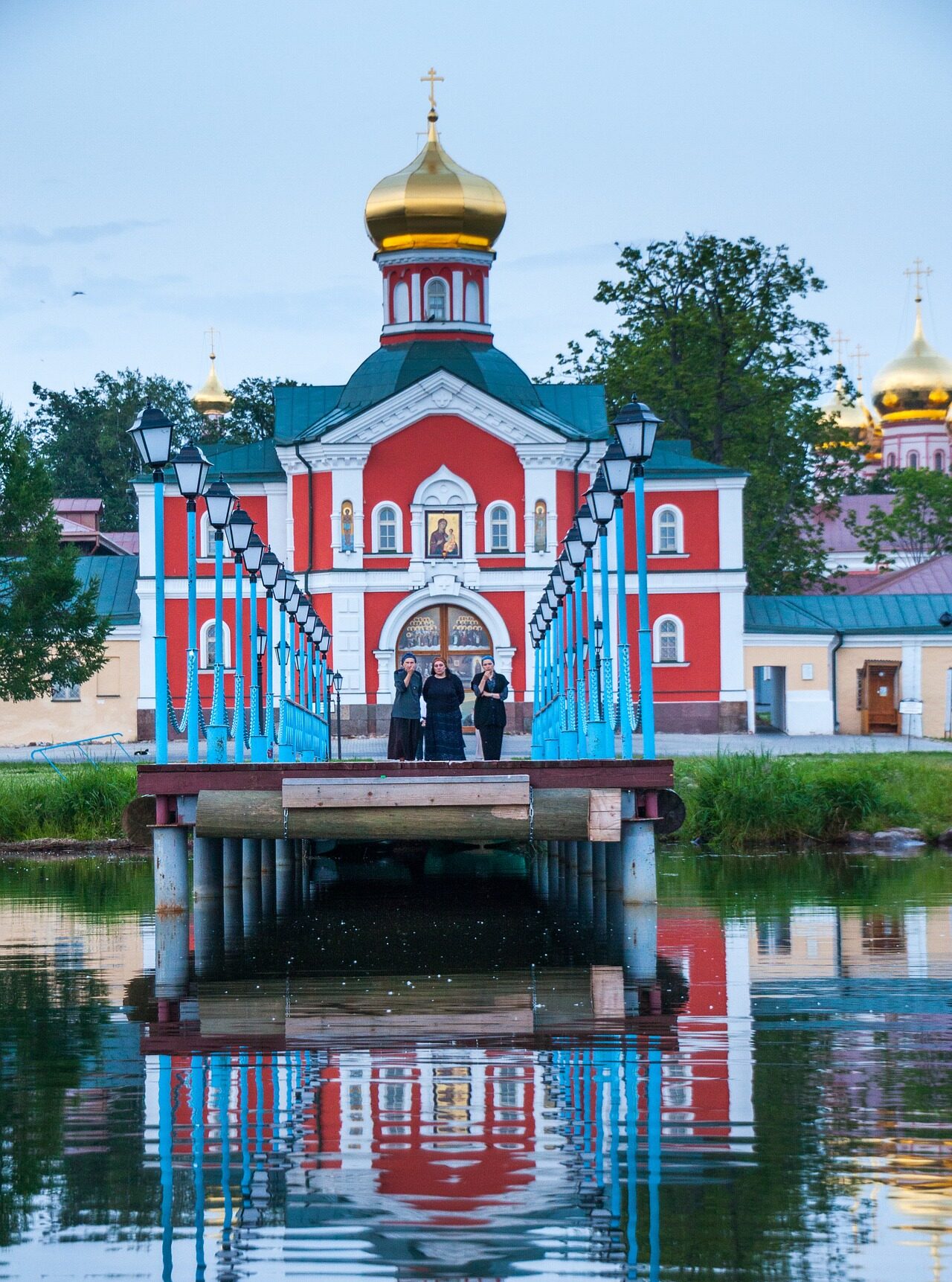
heritage of Byzantine culture
Valday Iversky Monastery
In Novgorod Oblast, there is one of the most significant spiritual places in Russia of the 17th century – Valday Iversky Monastery. It was founded by Patriarch Nikon in the image of the Iversky monastery on Mount Athos in Greece. The building of this monastery supported the idea of the continuity of Russia in the heritage of Byzantine spiritual culture.
Having become the richest and most famous of the monasteries of that time, it became the center of spiritual enlightenment. It also was one of the few centers of book printing in Russia, the place where crafts were born and developed.
The monastery is situated on one of the islands of the picturesque Valdai Lake. The pure and untouched nature makes the silent peace of the island even more inspiring.
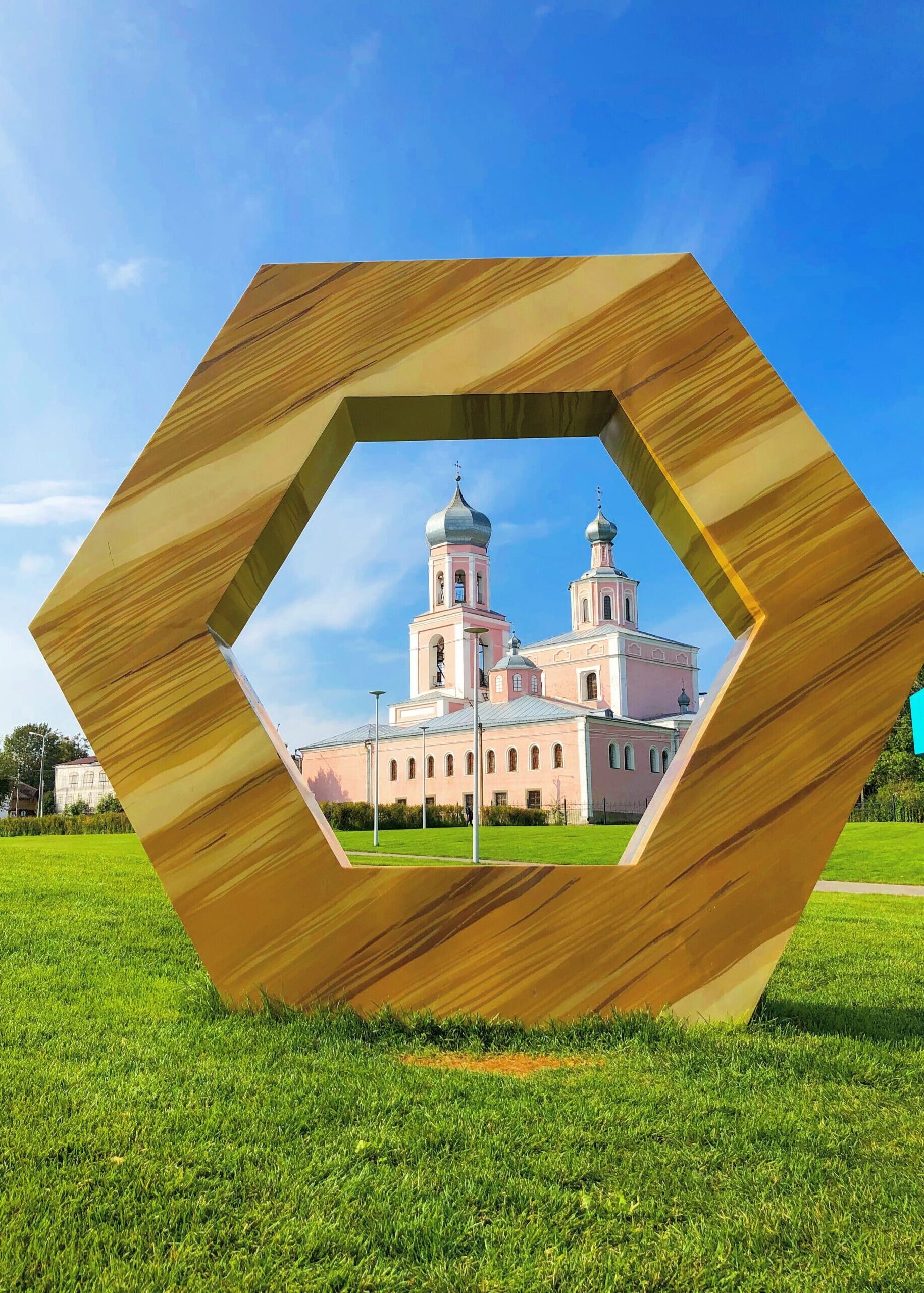
try something new
Itineraries of North West
What Else
View More Destinations
want more?
More pictures inside the Gallery

